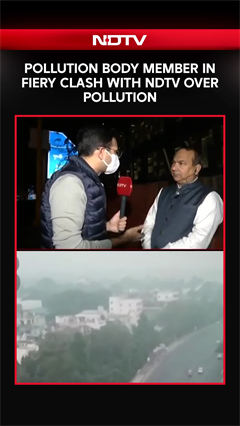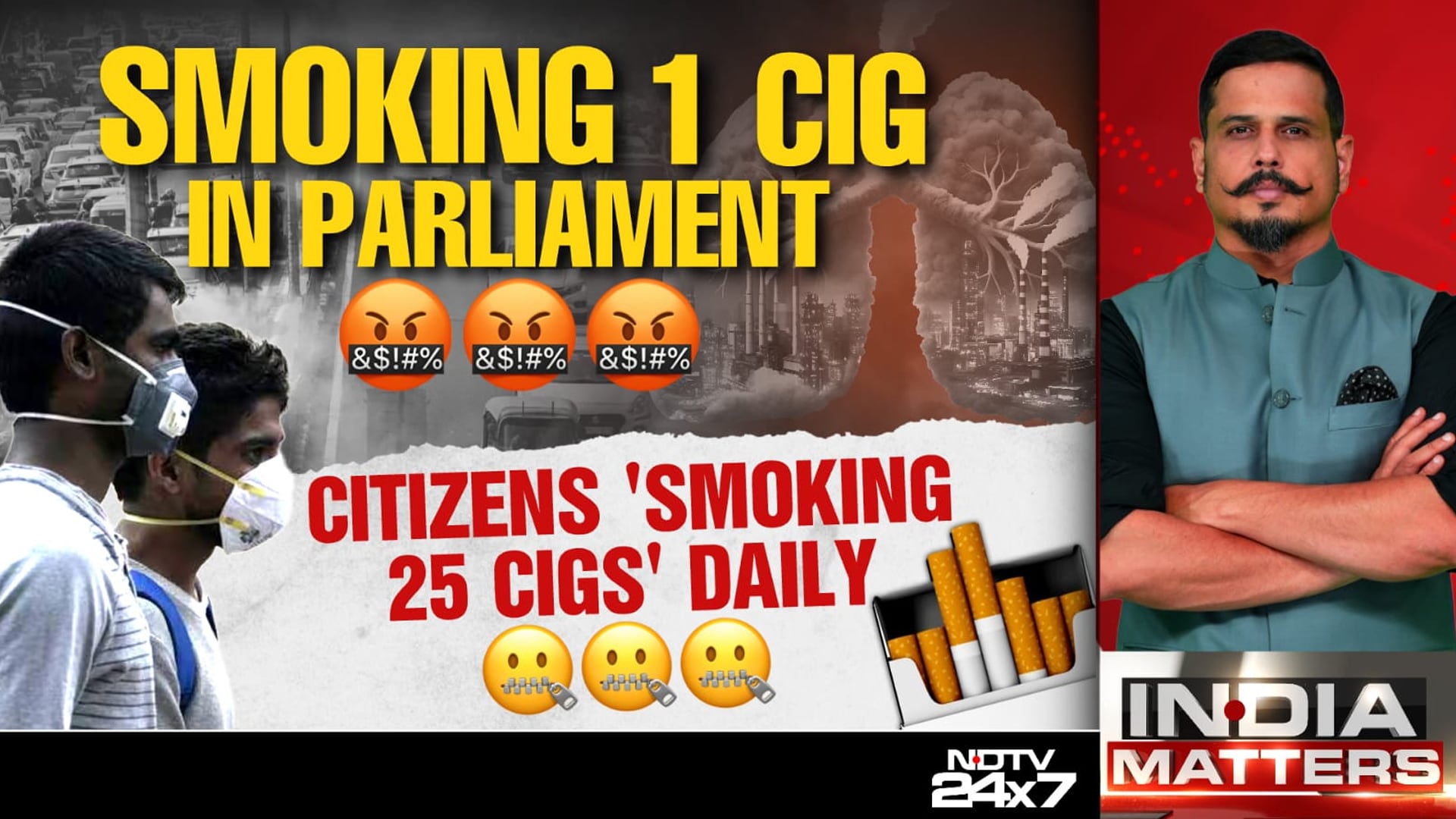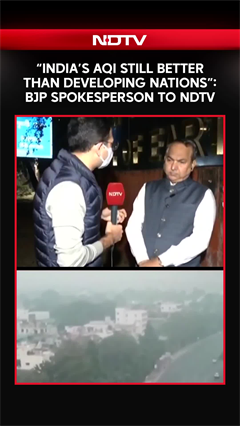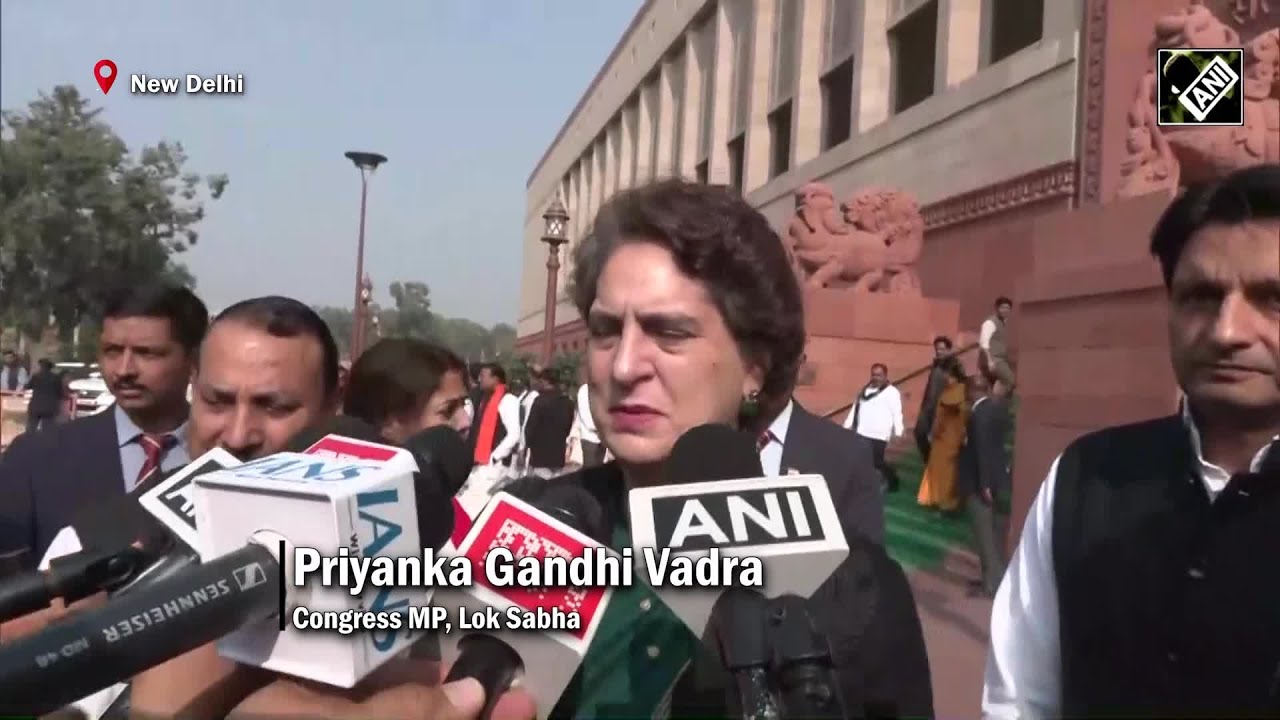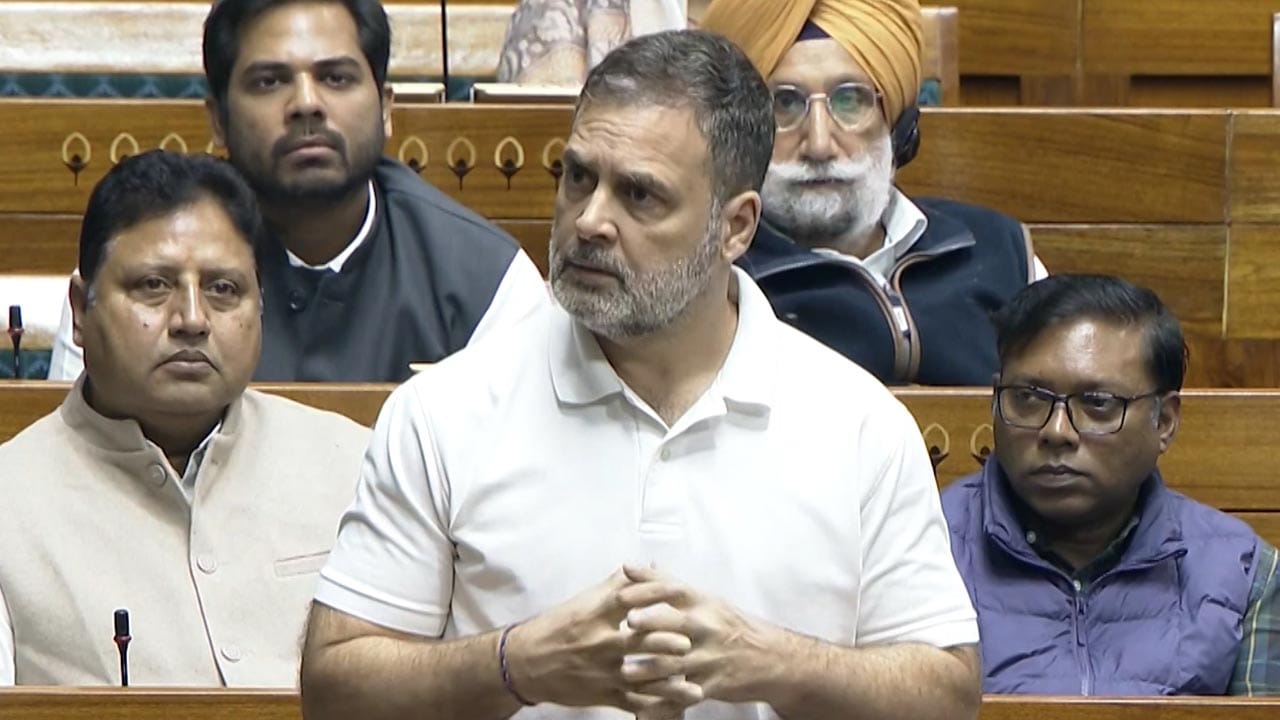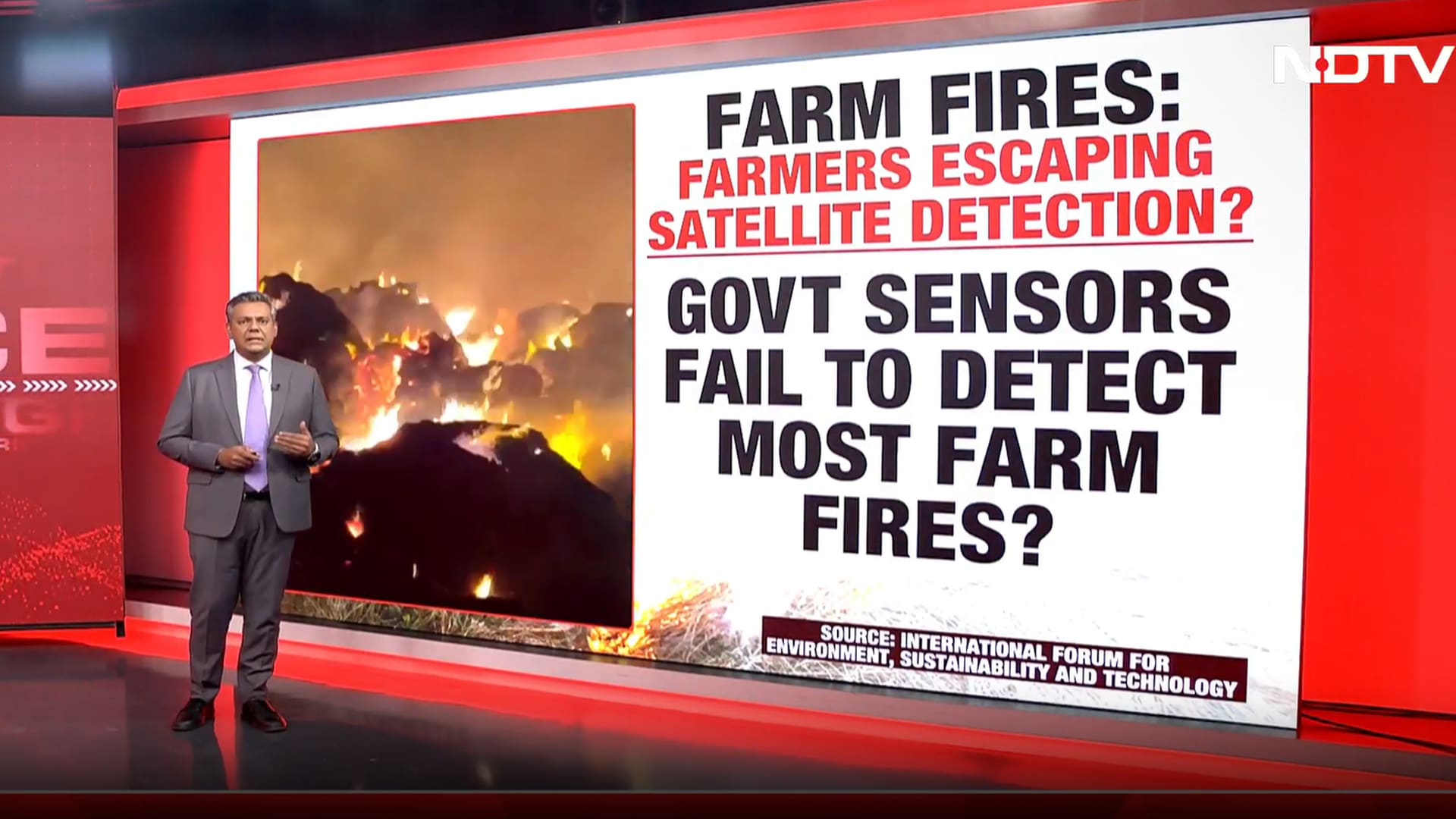- Home/
- Pollution Curbs Under GRAP 4 Revoked In Delhi, GRAP 2 To Be In Force
Pollution Curbs Under GRAP 4 Revoked In Delhi, GRAP 2 To Be In Force

Pollution curbs have been eased in Delhi and its neighbouring areas after the city witnessed an improvement in air quality. The Commission for Air Quality Management (CAQM) - the body responsible for the prevention and control of air pollution in Delhi and its adjoining area - said that it has decided to "revoke Stage-4 and Stage-3 of GRAP (Graded Response Action Plan) in the entire NCR (National Capital Region) with immediate effect".
The decision comes after the Supreme Court earlier today allowed the pollution control body to relax the stringent GRAP-4 curbs, noting the air quality index levels have been below 300 in the national capital since November 30. The Supreme Court bench, headed by Justice Abhay S Oka, cautioned that the curbs should not go below stage-2 measures to deal with air pollution effectively.
The stringent curbs have now been replaced with restrictions under GRAP Stages 2 and 1, said the CAQM.
The top court also asked CAQM to impose GRAP-3 measures if the Air Quality Index (AQI) crosses 350 and GRAP-4 if it goes above 400 in the future.
AQI between zero and 50 is considered "good", 51 and 100 is "satisfactory", 101 and 200 is "moderate", 201 and 300 is "poor", 301 and 400 is "very poor" whereas between the range 401 and 500, it is considered "severe".
Stages 3 and 4 entail a ban on the entry of diesel-run medium and heavy vehicles (BS-IV or below) registered in Delhi - except those carrying essential goods.
While under Stage 2, restrictions such as a ban on the use of coal and firewood, including tandoors at hotels, restaurants and open eateries, as well as the use of diesel generator sets - except for emergency and essential services - will remain in force in the National Capital Region (NCR). All construction and demolition activities, including public infrastructure projects like highways, flyovers and pipelines, are also banned.
On Monday, the Supreme Court had refused to tinker with the applicability of GRAP-4 measures, but allowed the relaxation today after additional solicitor general Aishwarya Bhati, representing the CAQM, said the AQI level showed a downward trend largely due to meteorological and geographical conditions.
She urged the court to ease the restrictions as it was affecting the livelihood of many and suggested hybrid restrictions, which are combinations of stage 3 and stage 4, should be enforced.
Delhi's air quality started dropping on October 30 when it entered the "very poor" category. The AQI consistently remained in the "very poor" range over the next 15 days with readings above 300.
The air quality dipped further in the second half of November with the AQI levels exceeding 400. It improved slightly in December due to strong winds.
also read
Latest Stories
- Reported by Shreya Ghosh | Friday December 12, 2025
In a move critics are calling a calculated deflection, the Union government has doubled down on its stance that World Health Organization (WHO) air quality guidelines are merely "guidance documents" and not enforceable rules.
- Press Trust of India | Thursday December 11, 2025 , Chandigarh
The World Bank has approved a financial assistance package of USD 305 million for the Haryana Clean Air Project for Sustainable Development (HCAPSD), a flagship initiative aimed at transforming Haryana into a pollution-free state by 2030.
- Indo-Asian News Service | Friday December 12, 2025 , New Delhi
New Delhi, Dec 11 (IANS) Global air quality rankings cited by various organisations are not conducted by any official authority, the government informed the Parliament on Thursday.
- Reported by Shreya Ghosh, Edited by Srishti Kapoor | Thursday December 11, 2025
The Ministry clarified that it has notified National Ambient Air Quality Standards for 12 pollutants in 2009 to protect public health and the environment, and these standards are tailored to India's specific conditions.
- Written by Jigyasa Kakwani , Edited by Shubham Bhatnagar | Thursday December 11, 2025
Tandoori dishes are a staple of Delhi's dining and evening snack culture, especially across neighbourhood markets and street-side stalls.
................................ Advertisement ................................
Latest Videos
Opinion
Blog | Well Done, Delhi. You've Turned Lung Sacrifice Into A Badge Of HonourSaikat Kumar Bose
Monday November 10, 2025Till some years back, Delhiites would ask angry questions to those in power about the capitals annual tryst with toxic air. This has changed. Those in the driving seat dont see the need to answer now.
Opinion | Why Indians Have Just Given Up On Air Pollution CrisisTanushree Ganguly
Friday December 20, 2024While some may argue that people in Delhi are now more aware of air pollution than they were a decade back, my rebuttal would be that awareness does not mean that people are concerned.
Opinion | You Must Outrage Over Filthy Air More Than Once A YearJyoti Pande Lavakare
Tuesday December 10, 2024Delhi welcomed us with monsoon rains and mangos. We were home. Fast forward a couple of years, in the winter of 2012, I found myself in denial about something other parents, mostly expats, were calling toxic air.
Opinion | Delhi's Air Pollution Situation Is Like A Bad MarriageNishtha Gautam
Friday November 22, 2024On a good day, such as today, the AQI reading in Delhi is 407. We are jubilant at the sickly sunshine trickling through the slightly dissipated smog. At least its not 1600.
दिवाली... पराली... सियासी जुगाली!Ashwini kumar
Monday November 18, 2024दिल्ली-एनसीआर में प्रदूषण का समाधान तो आज तक मिला नहीं. हर साल चिंतित होकर हम-आप सांसों की तकलीफ के साथ-साथ दिल और ब्लड प्रेशर के मरीज भी क्यों बनें?








